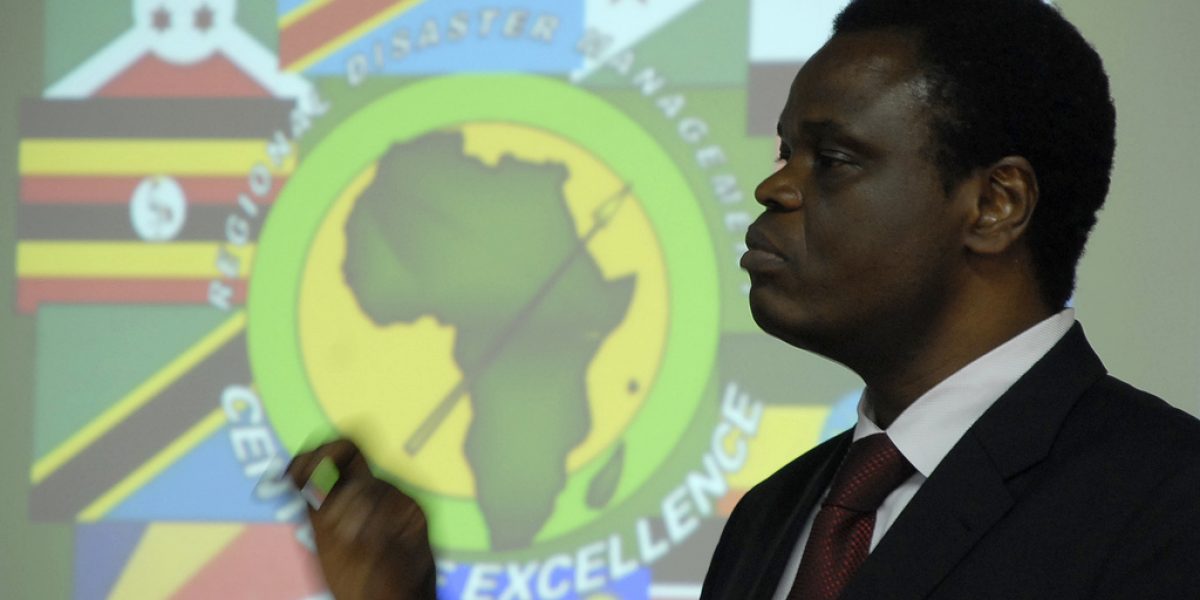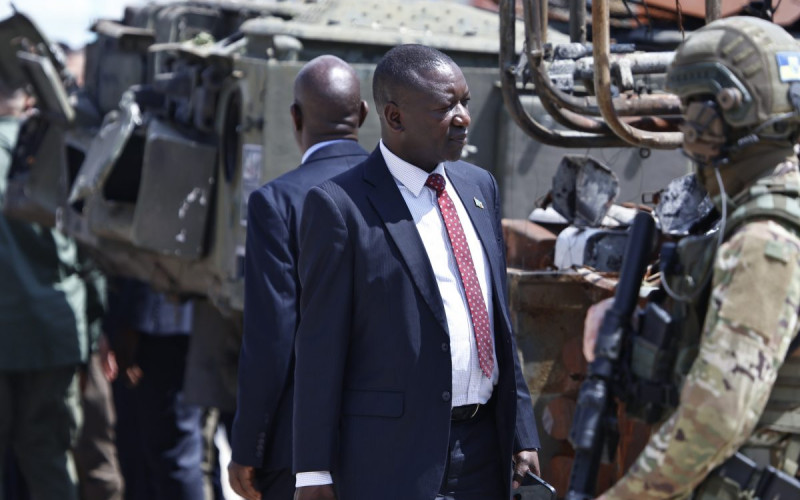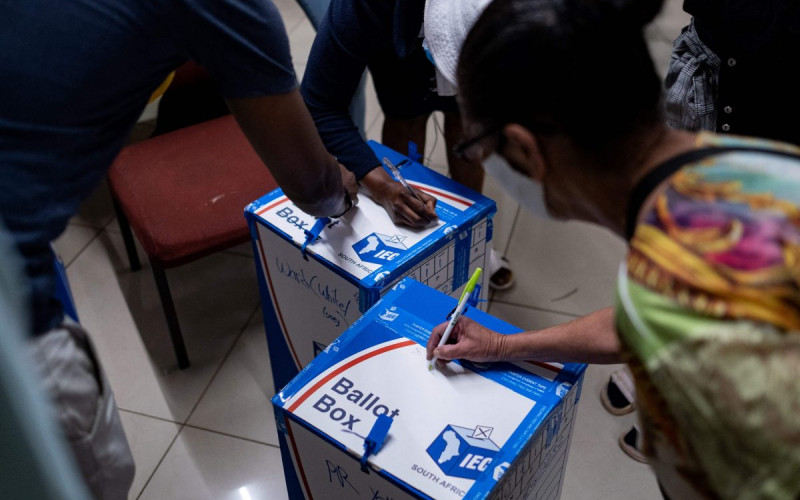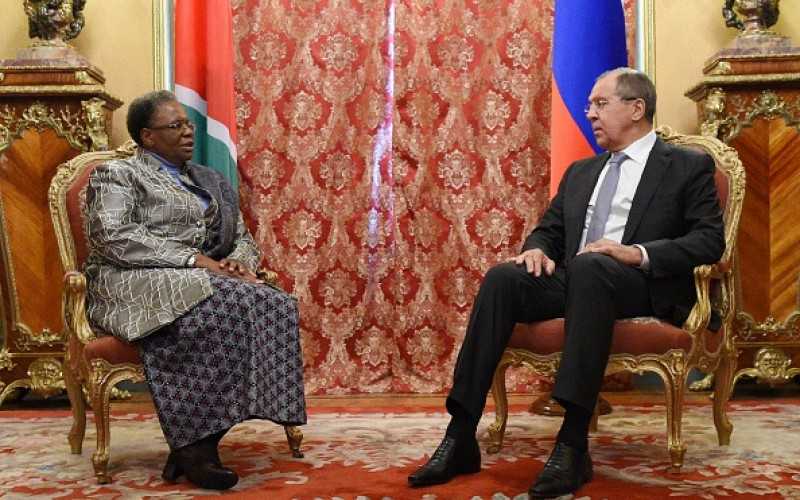Despite concerns that the country’s fragile political arrangement would not withstand the tensions associated with such a referendum, the results have clearly demonstrated that Kenyans have made a positive and peaceful move towards a new constitutional dispensation. Indeed, not only did 66.9% of Kenyans vote ‘yes’ for the constitution, transcending the ethnic divisions which played such a prominent role in the violence of 2007, but a significant 72.1% turned out for the poll. This now means that Kenya will have a new, and certainly popular, constitution within 14 days.
While the world praises the success of the Kenyan referendum, Zimbabwe is still trapped in stage one of the constitution-making process, otherwise known as the out-reach programme, nearly two years after the Global Political Agreement was signed. With the 2011 deadline for a referendum fast approaching, one could well ask if there are any lessons to be learnt for Harare from the Kenyan experience.
While there are noticeable differences between these two cases, one is a settlement between political parties and the other a solution presented to the voters, Kenya may prove to be an interesting point of comparison given the similarities of their constitution-making process and the political environment which accompanied it. Both are instances where the populace has sought to lay to rest the old order of impunity, violence, corruption, authoritarianism and lack of accountability. Certainly, in both cases the people are desirous to see an end to the previous constitutions that were bequeathed on the two British colonies by departing colonial masters. These independence or cease-fire constitutions, drafted at Lancaster House in London, have been subjected to numerous amendments by elites bent on proclaiming the ‘sovereignty of the president’ rather than the sovereignty of the people.
Furthermore, both countries have rejected previous political, elite-driven constitutions. In February 2000, the ‘no vote’ prevailed in Zimbabwe as people objected to the continuation of the extensive executive powers held by the presidency and the lack of devolution of power. Similarly, in the 2005 referendum in Kenya, the voters rejected the attempts by President Mwai Kibaki to introduce a new constitution that was not people-driven. Currently, both countries are experimenting with power-sharing as a form of government, following questionable elections which saw serious challenges from opposition parties. Both countries recorded election-related violence as the ruling elite clamped down on rivals to maintain power. Furthermore, the very issues which the constitution is seeking to address in both countries are similar. Indeed, in both Kenya and Zimbabwe, the key points of the debate relate to the executive powers of the president, the devolution of power, accountability, the re-structuring of the political system, the rule of law and the ownership of strategic resources, most notably land.
Thus, while contextual differences may exist, the similarities between Kenya and Zimbabwe are too many to be ignored. The central question, then, is why has Kenya been able to progress through the constitution-making process, while Zimbabwe lags behind?
A possible answer lies in the high level of fragility which still exists in the power-sharing government in Zimbabwe, if not on the fact that the major disputants are still engrossed in competition over state control. In Harare, both the MDC and ZANU-PF are trying to maintain the status quo, as they fear losing their current standing. For ZANU-PF, a new constitution, which fundamentally changes the politics of the country, could severely undermine its ability to maintain power in the future. For the MDC, pushing too hard for reforms could, once again, inspire a state-led crackdown on the opposition, and therefore limit its ascendency to some degree of power in the country. It seems neither party is overly-eager to put their fragile agreement through the tensions, debate and compromise associated with constitutional reform.
In Kenya, on the other hand, the political arrangement that was put together, with significant international assistance and facilitation, was more stable. The buy-in by both President Kibaki and Prime Minister Odinga is clearly illustrated by both supporting the ‘yes’ campaign in the 2010 referendum. Both leaders understood that their own political careers were better served by constitutional reform than through maintaining the status quo. Their partnership took the form of the Kenyatta-Odinga/Kikuyu-Luo alliance of the decolonisation time. It seems President Kibaki sees the new constitution as providing him with an opportunity to build his legacy as the far-sighted and visionary ‘Father’ of the Second Republic. Prime Minister Odinga views the new constitution as providing a chance to finally ascend to the presidency in 2012.
One should also not forget that while Zimbabwe is still grappling with its first ‘political change’ since independence, Kenya has made significantly more progress in this regard. In fact, both Odinga and Kibaki worked together to remove KANU from power. While one should not over-stress the level of democratic maturity in Kenya, it no doubt has contributed to this recent success.
It thus seems that while the real challenge for Kenya will be in implementing the constitution and breathing life into the constitutional document, the challenge for Zimbabwe remains in removing the zero-sum power game that continues to plague the power-sharing arrangement. Both the MDC and ZANU-PF need to view constitutional reform as essential for their own political progression. This, however, will most likely remain a distant dream, until the stage is reached where the constitution is no longer viewed as important only insofar as it assists in obtaining or maintaining the power of the ruling elite.
Kenyan leaders seem to have chosen the path of delicately balancing the wishes of the people and those of the elites, whereas in Zimbabwe the ‘securocrats’ (security sector) from the old order who have remained in charge of the state still believe in a possibility of extinguishing the embers of democratisation and returning to the pre-Global Political Agreement (2008) status quo of violence and impunity. After all in Zimbabwe, it was the ‘securocrats’ who plunged the country into crisis after the March 2008 elections by unleashing violence on those who voted for the opposition. In Kenya, it was the people who reacted violently to the suppression of their will, and both Odinga and Kibaki cannot expect to survive another round of popular anger.






